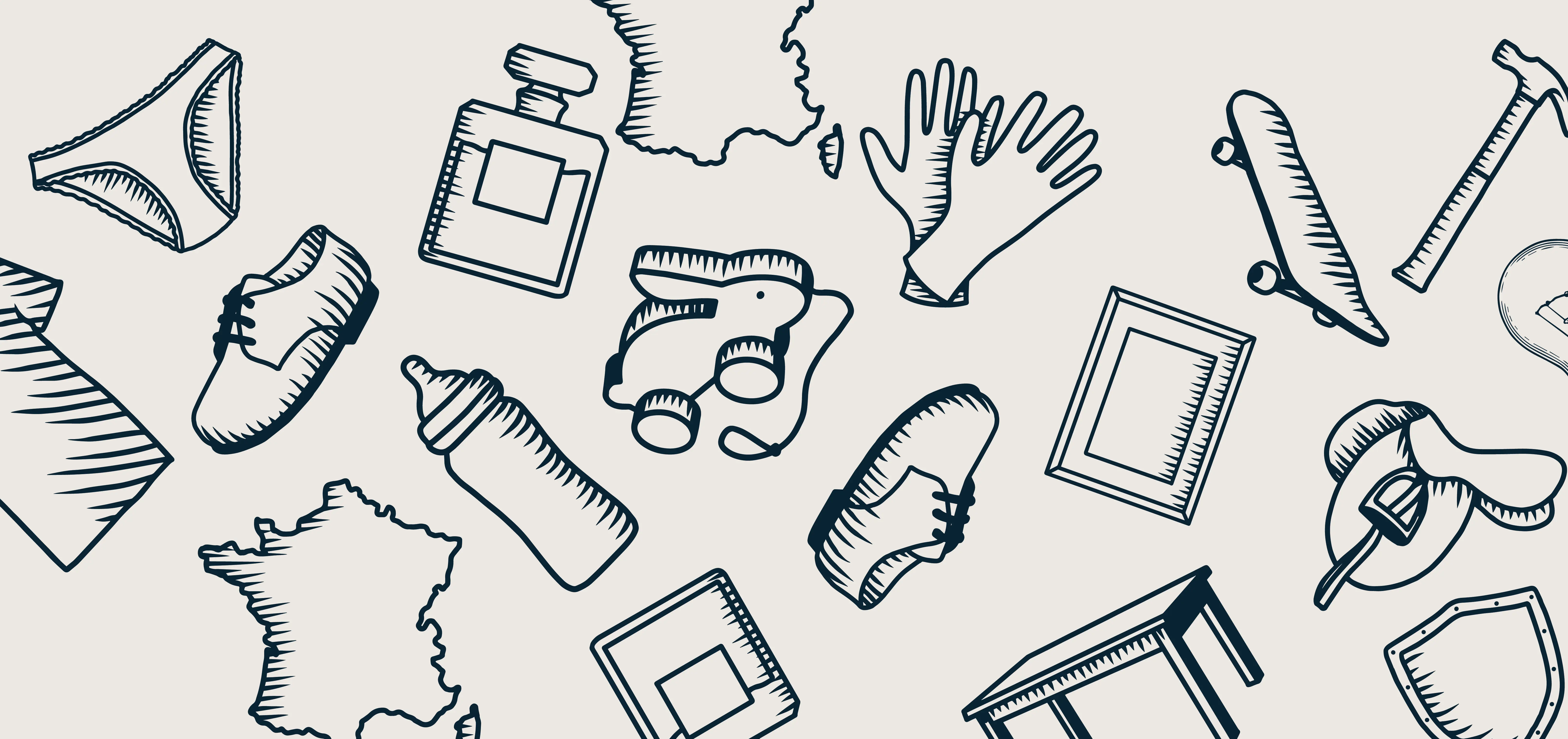Trouver par type de produits :
Equipements de protection individuelle
Affichage
Matériel de bureau
Signalétiques
Equipements Médicaux et Laboratoire
Mobilier urbain
En savoir plus sur le secteur Equipements professionnels :
The challenges of public space planning Public spaces are places accessible to all citizens free of charge, managed by local authorities. They reflect our way of life and adapt to our social needs, such as meeting, moving around, entertaining, and feeling safe. These include our streets, parks, squares, sidewalks, and advertising spaces. A few years ago, cars were new and unregulated in public spaces, free to circulate as they pleased. This long-lasting trend of car dominance is a good example, as it has forced us to rethink our spaces and provide dedicated and safe areas for each user (cyclists, pedestrians, public transportation, buses, and even vegetation). They are constantly imagined and modified to meet two main challenges: - The needs of residents who coexist in these places on a daily basis, known as "neighborhood spaces." - The second is to take into account and meet the needs of the large flows of other users who circulate and interact in these spaces. Research and design in equipment Deciding on the equipment for our public and professional spaces, as well as for workers, involves envisioning the public space through the intersection of knowledge, practices, and experiences of different actors, such as architects, designers, urban planners, geographers, etc. It also involves considering the needs and safety of workers in order to equip them effectively. There are multiple questions to consider when choosing the right equipment. One must question the processes, tools, and aesthetics necessary for the transformation of spaces and work in the short and medium term, for the enhancement of the identity of the activity, and for the connection between occupants. For example, for a space intended to be public, it must be politically peaceful, while also being welcoming to diversity and respecting the diversity of needs. It must be equipped to accommodate the needs of a baker who wants foot traffic for their business as well as a resident who wants peace and quiet. The desires and needs of each individual can sometimes be conflicting. An urban space functions when it allows for diverse expressions of activities, uses, and possibilities, while also offering the potential for new perspectives. It must be designed to accommodate everything, even the future.
En savoir plus sur le secteur Equipements professionnels :
The challenges of public space planning Public spaces are places accessible to all citizens free of charge, managed by local authorities. They reflect our way of life and adapt to our social needs, such as meeting, moving around, entertaining, and feeling safe. These include our streets, parks, squares, sidewalks, and advertising spaces. A few years ago, cars were new and unregulated in public spaces, free to circulate as they pleased. This long-lasting trend of car dominance is a good example, as it has forced us to rethink our spaces and provide dedicated and safe areas for each user (cyclists, pedestrians, public transportation, buses, and even vegetation). They are constantly imagined and modified to meet two main challenges: - The needs of residents who coexist in these places on a daily basis, known as "neighborhood spaces." - The second is to take into account and meet the needs of the large flows of other users who circulate and interact in these spaces. Research and design in equipment Deciding on the equipment for our public and professional spaces, as well as for workers, involves envisioning the public space through the intersection of knowledge, practices, and experiences of different actors, such as architects, designers, urban planners, geographers, etc. It also involves considering the needs and safety of workers in order to equip them effectively. There are multiple questions to consider when choosing the right equipment. One must question the processes, tools, and aesthetics necessary for the transformation of spaces and work in the short and medium term, for the enhancement of the identity of the activity, and for the connection between occupants. For example, for a space intended to be public, it must be politically peaceful, while also being welcoming to diversity and respecting the diversity of needs. It must be equipped to accommodate the needs of a baker who wants foot traffic for their business as well as a resident who wants peace and quiet. The desires and needs of each individual can sometimes be conflicting. An urban space functions when it allows for diverse expressions of activities, uses, and possibilities, while also offering the potential for new perspectives. It must be designed to accommodate everything, even the future.


